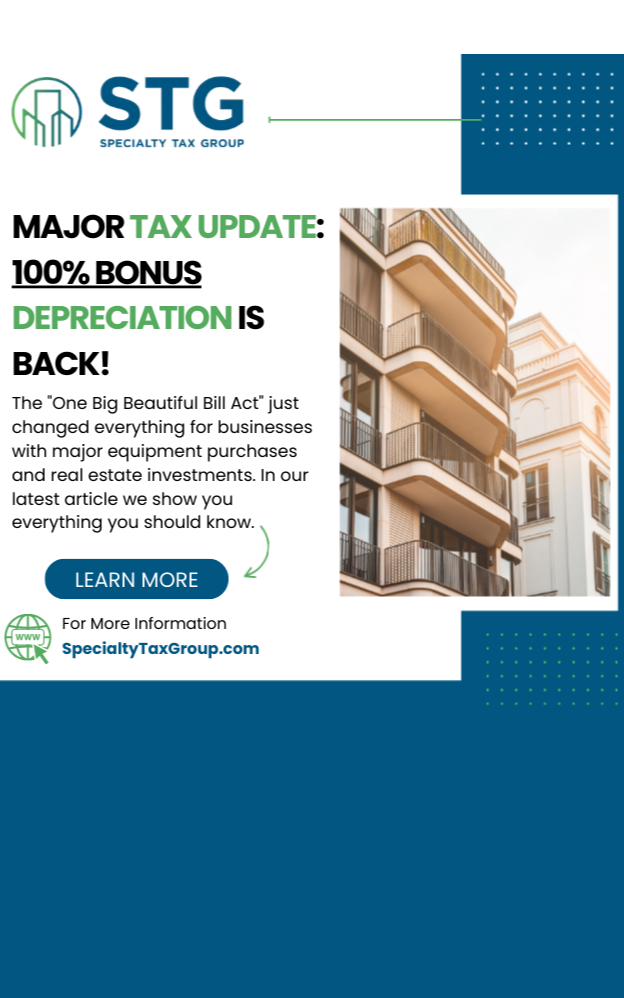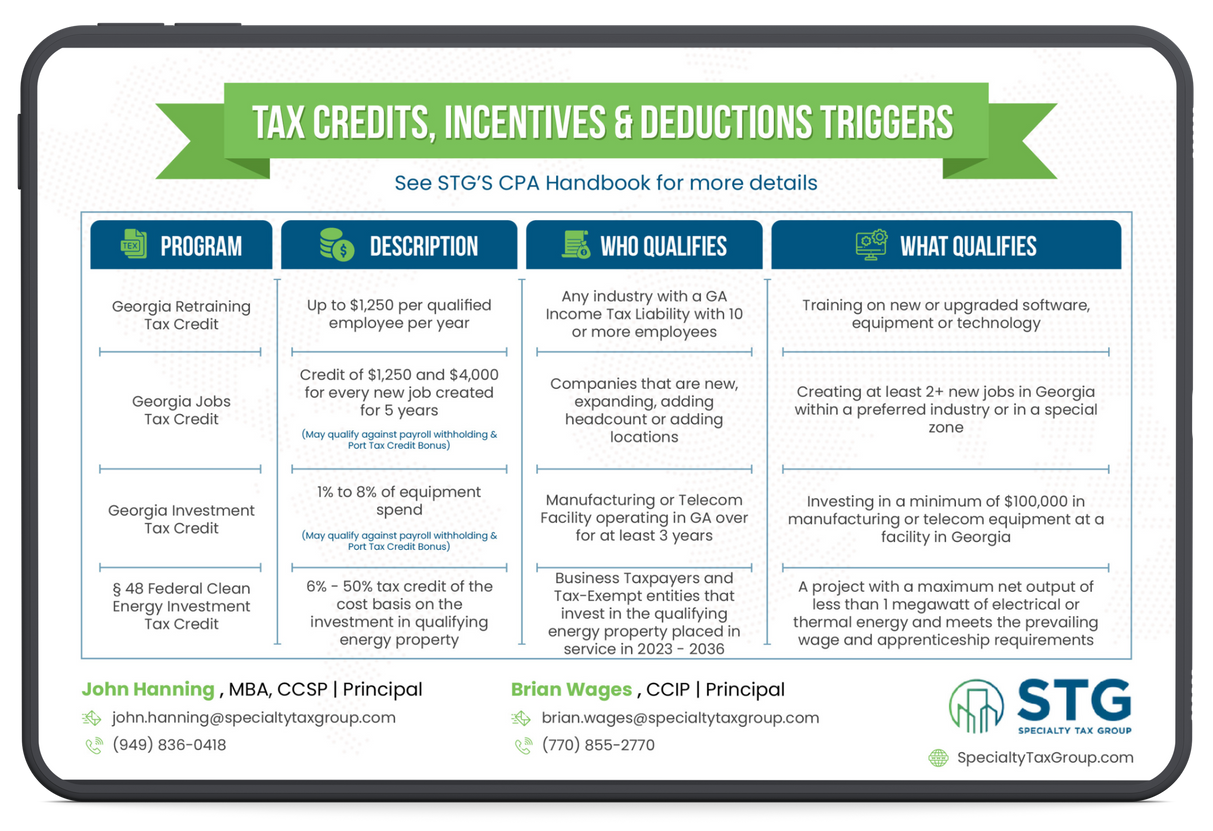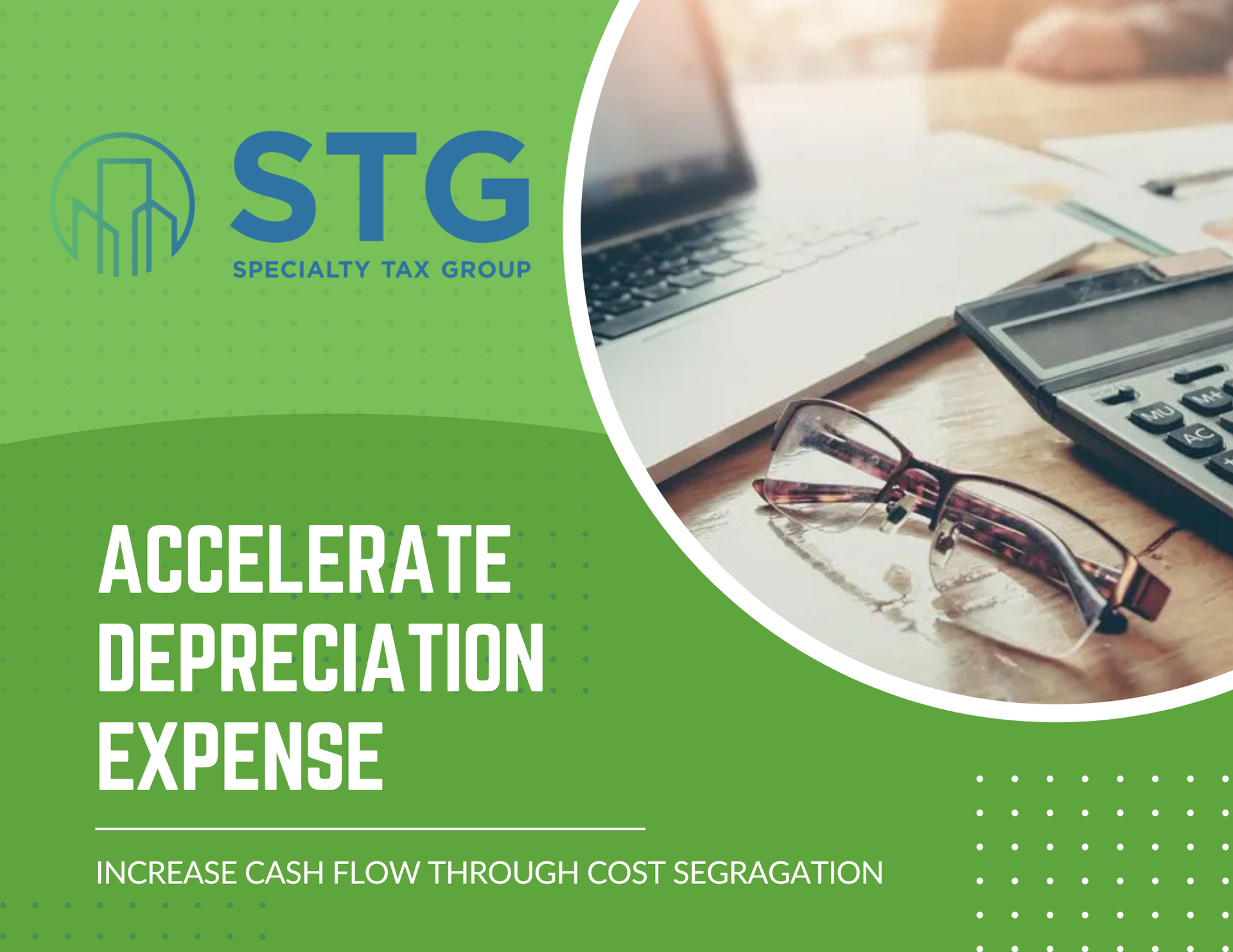This blog post has been researched, edited, and approved by John Hanning and Brian Wages. Join our newsletter below.
The Research and Development (R&D) Tax Credit program is still accessible and important for businesses in 2024. As a business owner, the key to boosting your cash flow is to claim tax credits whenever possible. By utilizing the R&D Tax Credit, your company could potentially save a significant amount of money this tax season. However, the exact amount varies greatly and depends on factors like company size, industry, and spending on research and development activities.

What Is The Research And Development (R&D) Tax Credit?
The R&D Tax Credit program (RTC) was signed into law in 1981 as part of the Economic Recovery Act. This federal benefit provides companies dollar-for-dollar cash savings for performing activities related to the development, design, or improvement of products, processes, formulas, or software.
The RTC aims to encourage innovation and technological advancement by subsidizing the costs associated with research and development. It applies to a wide range of industries including:
- Manufacturing
- Software and technology
- Engineering and construction
- Life sciences and pharmaceuticals
The tax credit is calculated as a percentage of qualified research expenses. These include:
- Wages for employees involved in eligible R&D activities
- Cost of supplies used during research
- Contract research expenses
- Basic research payments to qualified organizations
Companies can receive a tax credit of up to 13% of qualified expenses. There is also an option to take an Alternative Simplified Credit (ASC) which provides a 14% credit on qualified expenses over a fixed base amount.
The program was set to expire in December 2014. However, as a provision within the PATH Act in December 2015, the federal government renewed the RTC program retroactively for the entire calendar year of 2015, as well as made it permanent. Therefore, the R&D tax credit is still relevant for business owners going into 2024 and beyond, providing reliable savings for research intensive companies.
Which Businesses Qualify For The RTC Program?
The Research and Development Tax Credit (RTC) program is available to businesses of all sizes, from small startups to large corporations. This wide eligibility is due to major changes made when the program was restructured in 2015. Specifically:
- Small businesses with $50 million or less in annual gross receipts can now claim the R&D credit against the Alternative Minimum Tax. Previously, the credit could only offset a company's regular income tax. This change allows more small businesses to benefit.
- Eligible startup companies, defined as those with:
- Less than $5 million in total gross receipts
- Less than 5 years in operation
can claim up to $250,000 of the R&D credit against their federal payroll tax obligations. This benefit helps early-stage companies conserve cash flow for growth.
Additionally, the program has always allowed pass-through entities like S-corporations, partnerships, and sole proprietorships to use the credit.
The modernized RTC program extends credits and tax offsets to businesses of all sizes and structures - from independent contractors working on developing new service offerings, to mid-size product manufacturers investing in R&D, all the way to Fortune 500 corporations with dedicated research divisions. This wide access promotes innovation across industries.
What Expenses Qualify As R&D Tax Credits?
You may be surprised at the number of expenses that qualify as a part of the calculation of Research and Development. Some examples of Qualified Research Expenses are wages, supplies, contract research expenses, and resource usage. That means you may qualify for R&D simply by proceeding through everyday business operations, like paying your employees and using resources unique to your industry.
It's highly recommended to consult with a qualified tax professional to determine your eligibility for the R&D Tax Credit and calculate your potential credit amount.
For more information about Research and Development tax credits and how they may benefit your company, contact us
here.
2024 Tax Guide





